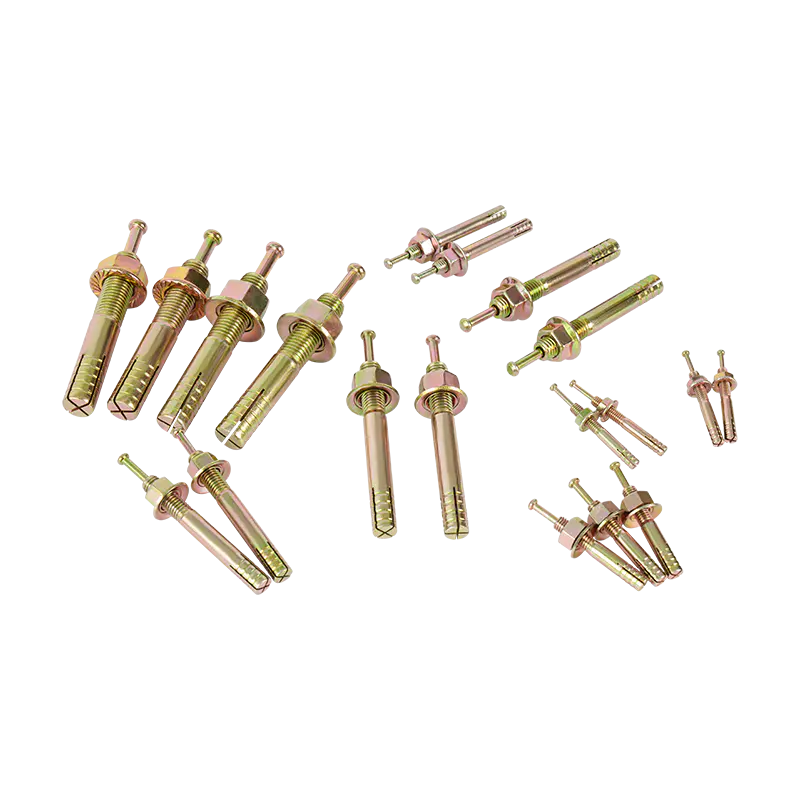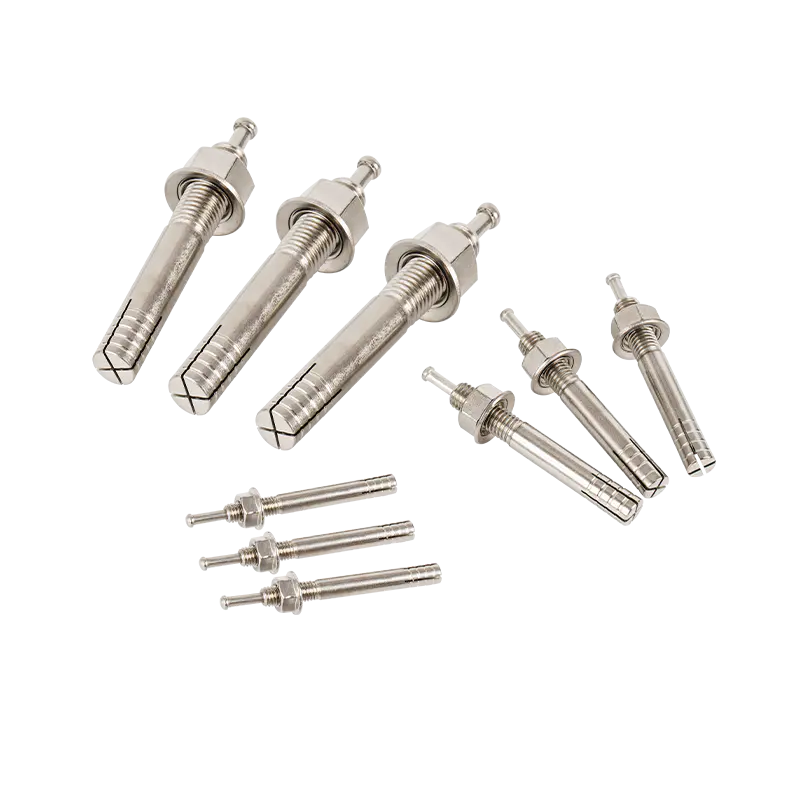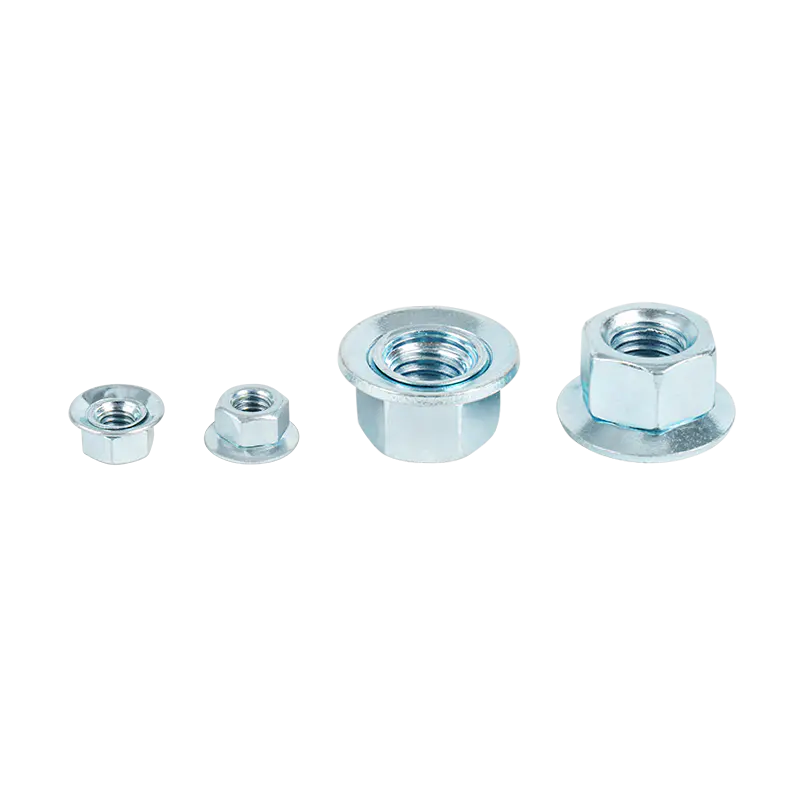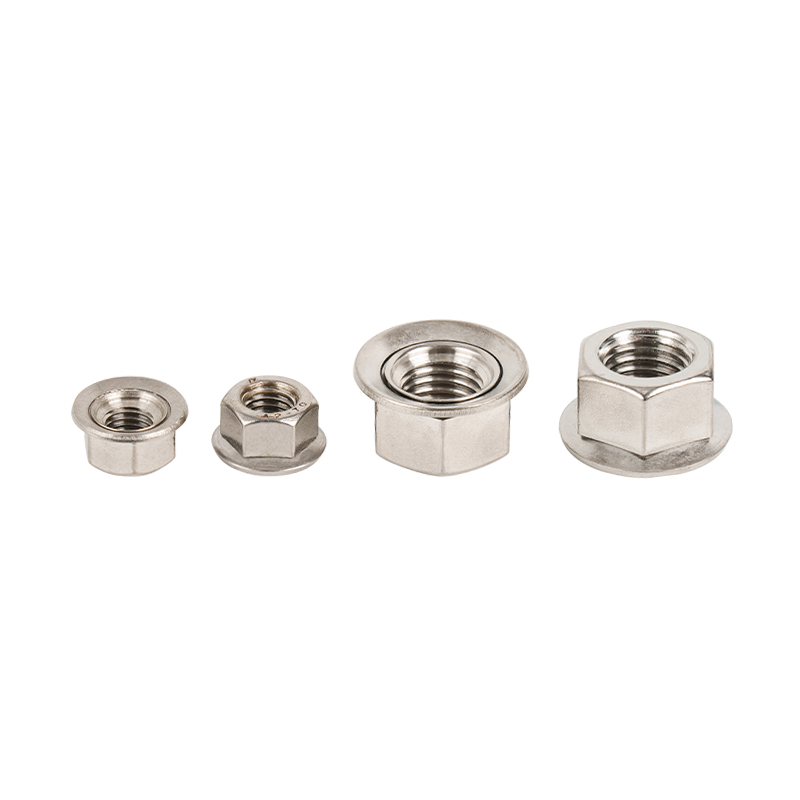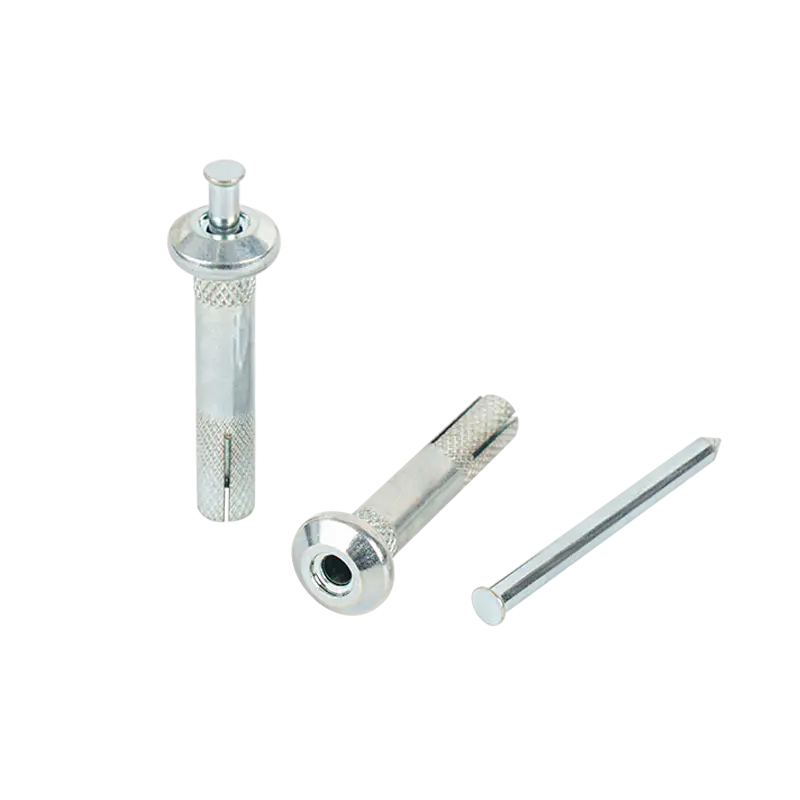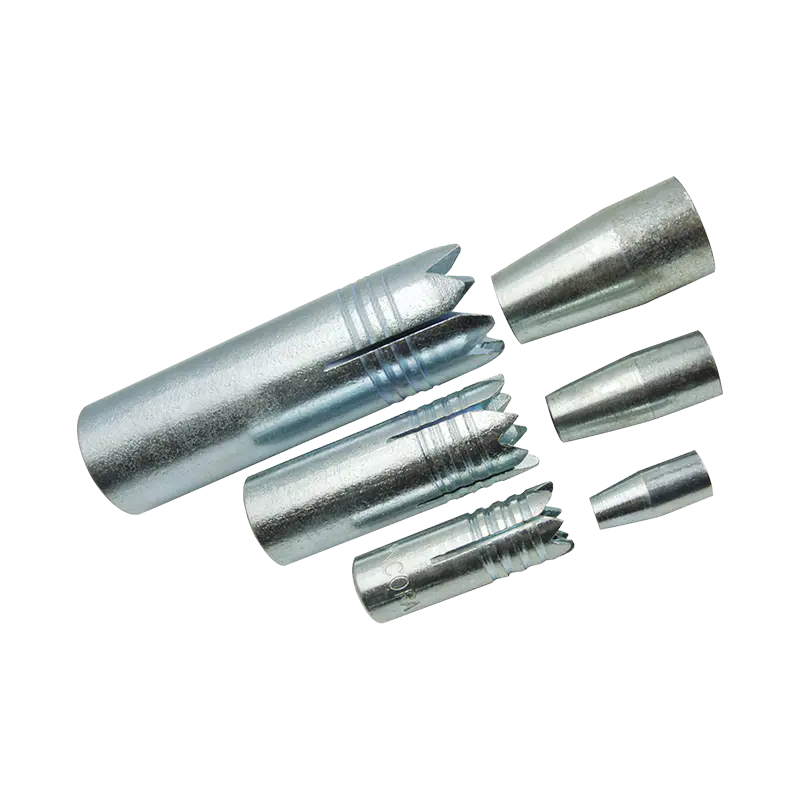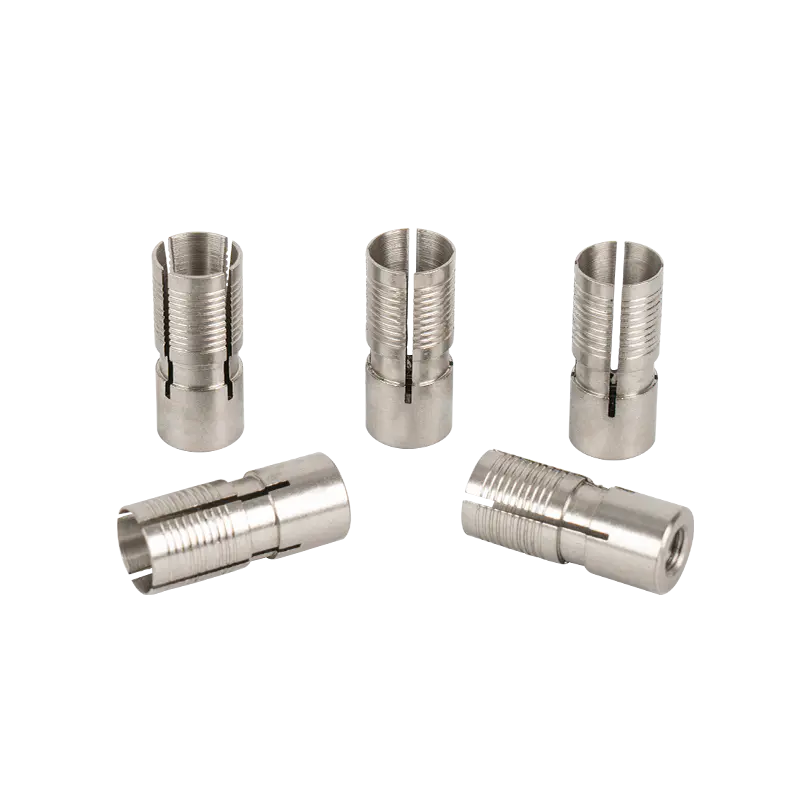What are the differences between Strike Anchor and other post-anchor systems (such as chemical anchors), and when are they suitable?
2025-10-11
Post-installed anchoring systems are critical components in construction and engineering, enabling secure fastening to concrete and other base materials after the initial curing process. These systems are widely used in applications ranging from structural reinforcements to mechanical equipment installations.
CONCEPT AND TYPES
Strike Anchor is a mechanical expansion anchor designed for fastening into concrete and masonry. It operates through a mechanical expansion mechanism, where a pre-assembled component expands upon impact or torque application, creating a secure hold. Strike Anchor typically consists of a sleeve, plug, and bolt, and it is installed by striking the anchor into a pre-drilled hole, causing the sleeve to expand against the base material.
Chemical anchors, in contrast, rely on a chemical adhesive, such as epoxy or polyester resin, to bond a threaded rod or rebar to the base material. The installation involves injecting the adhesive into a drilled hole, inserting the anchor element, and allowing the chemical to cure, forming a strong bond. Common types of chemical anchors include capsule-based systems and injection systems.
Other post-installed anchoring systems include wedge anchors, sleeve anchors, and drop-in anchors, each with distinct mechanisms. However, this analysis focuses on Strike Anchor and chemical anchors due to their prevalent use and contrasting principles.
APPLICATIONS
Strike Anchor is commonly employed in dry, non-cracked concrete applications where immediate load transfer is required. It is suitable for medium to heavy loads and is often used in structural steel connections, machinery bases, and handrail installations. The system provides high pull-out resistance and is ideal for static loads in solid concrete conditions.
Chemical anchors are versatile and used in a broader range of scenarios, including cracked concrete, wet conditions, and applications requiring high fatigue resistance or dynamic loads. They are preferred for seismic zones, overhead installations, and situations where minimal hole clearance is available. Chemical anchors also excel in bonding to various materials, such as masonry and rock, and are used in bridge construction, facade attachments, and retrofit projects.
COMPARATIVE ANALYSIS
The primary differences between Strike Anchor and chemical anchors lie in their installation processes, performance characteristics, and environmental suitability.
Installation: Strike Anchor requires a pre-drilled hole and is installed through mechanical impact, allowing for immediate loading in many cases. Chemical anchors involve a multi-step process including hole cleaning, adhesive injection, and curing time, which can delay load application but offers flexibility in hole alignment and depth.
Performance: Strike Anchor demonstrates high shear and tensile strength in solid concrete, with performance dependent on the quality of the base material. It may be less effective in cracked concrete or under vibration. Chemical anchors provide uniform stress distribution and excellent performance in cracked concrete, with resistance to creep and fatigue. However, they can be sensitive to temperature and moisture during installation.
Durability and Corrosion Resistance: Strike Anchor is often made from carbon or stainless steel, offering good corrosion resistance in standard environments. Chemical anchors can enhance durability by encapsulating the anchor, providing protection against corrosion and chemical exposure, but the adhesive's longevity may be affected by UV light or extreme temperatures.
Cost and Time Considerations: Strike Anchor installations are generally faster and require fewer materials, reducing labor costs. Chemical anchors may involve higher material costs and longer setup times but can reduce the need for precise hole tolerances and offer savings in complex applications.
FAQ
Q: What is the typical load capacity of Strike Anchor compared to chemical anchors?
A: Load capacities vary based on design and conditions. Strike Anchor typically offers high short-term load capacity in solid concrete, while chemical anchors can achieve higher long-term capacities in cracked concrete or under dynamic loads, as per manufacturer specifications and testing standards.
Q: Can Strike Anchor be used in overhead applications?
A: Strike Anchor is generally not recommended for overhead installations due to the risk of loosening under vibration; chemical anchors are preferred for such scenarios because of their adhesive bonding.
Q: How does environmental factors affect these systems?
A: Strike Anchor performance may degrade in wet or corrosive environments without proper material selection. Chemical anchors require controlled conditions during curing, as moisture or temperature extremes can compromise the adhesive bond.
Q: Are there limitations on hole size or depth?
A: For Strike Anchor, hole size must match manufacturer guidelines to ensure expansion. Chemical anchors allow for more tolerance in hole dimensions and can be used in deeper holes, provided the adhesive fills the space adequately.
Q: What standards govern the use of these anchors?
A: Both systems are evaluated under international standards such as ASTM, ETAG, and ICC-ES, which specify testing for load capacity, durability, and safety in various conditions.
Understanding the differences between Strike Anchor and chemical anchors is essential for selecting the appropriate post-installed anchoring system. Strike Anchor offers a reliable, quick-installation solution for solid concrete applications with immediate load requirements, while chemical anchors provide versatility and strength in challenging conditions, such as cracked concrete or dynamic loads. By considering factors like installation environment, load type, and material properties, professionals can make informed decisions to ensure structural integrity and safety. This analysis underscores the importance of adhering to technical guidelines and manufacturer recommendations for optimal performance.

 English
English 日本語
日本語
